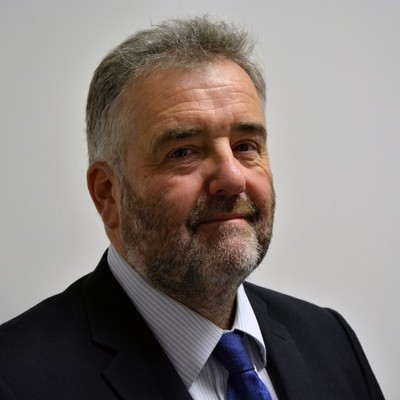
Shirley Parsons Senior Associate for Projects Services Jon Elliot, discusses how a Progressive Assurance Model facilitates timely project handover.
Quality improvement principles and methods can help organisations quickly and effectively address inherent inefficiencies, allowing them to meet changing customer expectations faster, more economically, and sustainably than their competitors.
Research from the UK construction consortium Get It Right Initiative (GIRI), found that avoidable errors in construction currently cost 21% of project value, equating to £20+ Billion annually.
By removing these inefficiencies throughout the economy, there are multiple benefits, including improving productivity, safety, and sustainability.
Achieving a successful and timely handover of a project is a key component to meeting customer expectations, improving business reputation and helping to secure future work. Having proven principles and methodologies in place to ensure this, will provide organisations with an economic advantage over their competitors.
Leaving the compliance and certification process until the end of a project, or treating this as an add on, allows risks to stack up over time resulting in problems remaining unresolved and becoming more expensive to rectify. This obviously contributes to the costs of avoidable errors highlighted in the GIRI Report.
Successful project completion.
To ensure successful project completion and handover, Shirley Parson’s Progressive Assurance Model provides a methodology that facilitates the management of the compliance and certification process on a continuous basis throughout the lifecycle of the project.
Projects consist of a complexity of discrete but also fully interrelated activities which are usually defined in terms of construction process, site location and program timing. Connected activities can also be grouped together where they form a physical structure, or into larger section or zonal groupings as appropriate. Comprehensive identification and grouping of activities allows even complex projects to be mapped from earliest activities through to completion and handover.
Points of assurance certainty.
Use of the Shirley Parsons Progressive Assurance Model will provide evidence of activity compliance and completion continuously throughout the project lifecycle.
Project handover is demonstrated by the submission and acceptance of the appropriate records and certification. Progressive assurance requires that the compliance of each individual defined activity is demonstrated on or as soon as possible after it is completed. In essence, each activity is assured and certified acting as a “mini project” handover.
Evidence that activity compliance has been achieved can also be formally documented by the issue of a formal completion/handover certificate. Each of these activity certification points can be considered “Points of Assurance Certainty”, i.e. that everything related to activity is fully complete and assured and fit for handover.
If the Progressive Assurance Model is followed, then a structured progression of Points of Assurance Certainty flows throughout the project. This will ensure that costs due to unresolved non-compliance and rework are minimised and that projects can be handed over right first time to the required standard and in a safe manner.
